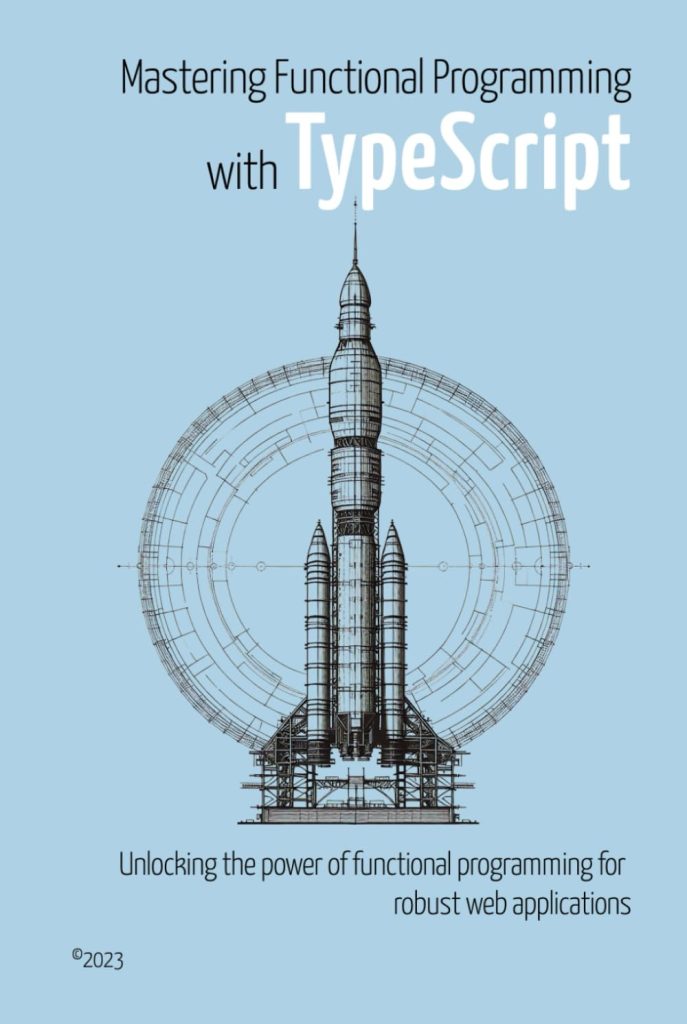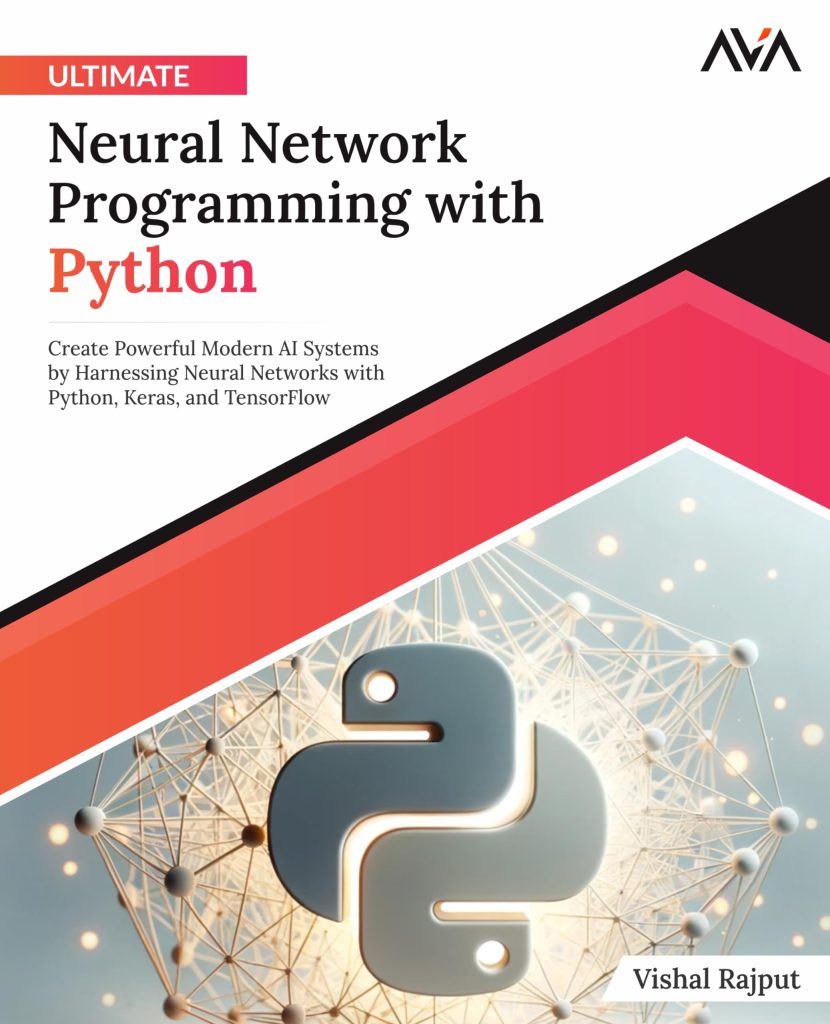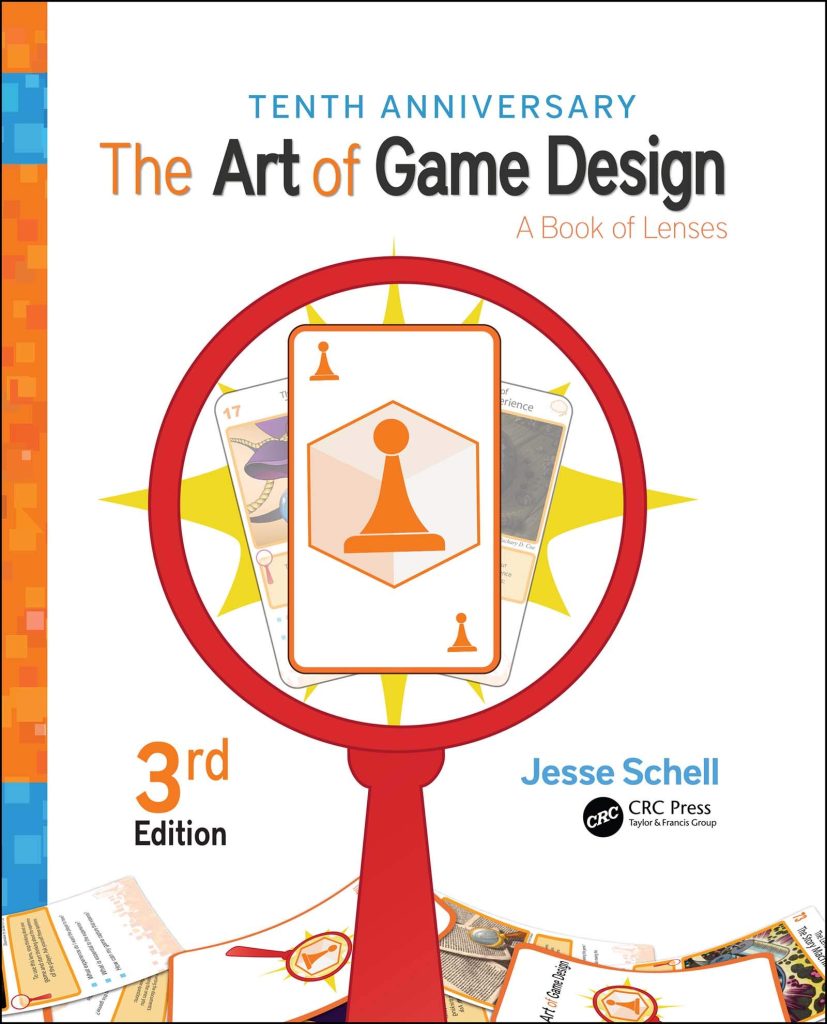In this article, we will look at the most advanced method of creating WordPress posts using the OpenAI GPT API, also known as ChatGPT. Traditionally, we’ve used the AI article generation section of the feed settings, which was able to generate decent content, but had certain limitations. Limitations included the inability to at once use multiple OpenAI GPT models with different configurations to generate a single WordPress post, and the lack of flexibility to apply custom HTML formatting to the generated articles. The method we’ll discuss today overcomes these hurdles.
In this tutorial we’ll explore the concept of automatic content generation using post templates. You can find the description of these in the documentation for the CyberSEO Pro and RSS Retriever plugins. This method allows you to define HTML templates with shortcodes for the main content, excerpt, and titles of your WordPress posts.
Watch this video to see how it works.
The video above demonstrates how to construct a site featuring articles on every country on Earth, using a simple text list of 194 countries as the input data. This list is passed to the plugin as a text dump, and each line (i.e., each country name) is automatically used as the title for the WordPress post being generated.
The necessary country-specific information will be generated by OpenAI GPT, based on the extensive database used for its training. In this instance, we’ve chosen to divide each article into the following sections:
- Basic infromation.
- History
- Political system
- Nature
- Cuisine
- People
- PROs and CONs of living
Please familiarize yourself with the post template content for our example:
[pixabay "q"="%post_title%", "lang"="en", "image_type"="photo", "orientation"="horizontal", "min_width"="1920", "class"="aligncenter", "name"="%post_title%"]
[openai_gpt model="gpt-3.5-turbo" prompt="Write a paragraph giving the basic information about %post_title% - the country." max_tokens="500" temperature="0.5"]
<div class="wp-block-columns has-background" style="background-color: #eaebed; border-radius: 10px; padding: 16px; display: inline-block;">
<ul>
<li><a href="#history">History</a></li>
<li><a href="#political-system">Political system</a></li>
<li><a href="#nature">Nature</a></li>
<li><a href="#cuisine">Сuisine</a></li>
<li><a href="#people">People</a></li>
<li><a href="#pros_cons">Living in %post_title%</a></li>
</ul>
</div>
<div id="history"></div>
[openai_gpt model="gpt-3.5-turbo-16k" prompt="Write a long narrative article about the history of %post_title% - the country. The article shall NOT include an introduction and conclusion. Generate HTML-formatted content using <h2> tag for a heading. You can use <ol>, <ul>, <li>, <strong> and <italic> HTML tags if necessary. {Interject some interesting fact into the story|Add a fact about some historical {person|event}}. Write it with creativity and flair, making sure it reads like human-written text in a natural way." max_tokens="15000" temperature="0.6"]
<img id="political-system" class="aligncenter" src="%random_image[capital of %post_title%]%">
[openai_gpt model="gpt-3.5-turbo-16k" prompt="Write a long informative article about the political system in %post_title% - the country. The article shall NOT include an introduction and conclusion. Generate HTML-formatted content using <h2> tag for a heading. You can use <ol>, <ul>, <li>, <strong> and <italic> HTML tags if necessary. {Interject some interesting fact into the story|Add a fact about some {politician|political event}}. Write it with creativity and flair, making sure it reads like human-written text in a natural way." max_tokens="15000" temperature="0.6"]
<img id="nature" class="aligncenter" src="%random_image[nature of %post_title%]%">
[openai_gpt model="gpt-3.5-turbo-16k" prompt="Write a long educational article about the nature in %post_title% - the country. The article shall NOT include an introduction and conclusion. Generate HTML-formatted content using <h2> tag for a heading. You can use <ol>, <ul>, <li>, <strong> and <italic> HTML tags if necessary. Write it with creativity and flair, making sure it reads like human-written text in a natural way." max_tokens="15000" temperature="0.7"]
<img id="cuisine" class="aligncenter" src="%random_image[cuisine of %post_title%]%">
[openai_gpt model="gpt-3.5-turbo-16k" prompt="Write a long informative article about the cuisine in %post_title% - the country. The article shall NOT include an introduction and conclusion. Generate HTML-formatted content using <h2> tag for a heading. You can use <ol>, <ul>, <li>, <strong> and <italic> HTML tags if necessary. Add a short recipe for the most popular dish in %post_title%. Write it with creativity and flair, making sure it reads like human-written text in a natural way." max_tokens="15000" temperature="0.7"]
<img id="people" class="aligncenter" src="%random_image[people of %post_title%]%">
[openai_gpt model="gpt-3.5-turbo-16k" prompt="Write a long informative article about the people and population in %post_title% - the country. The article shall NOT include an introduction and conclusion. Generate HTML-formatted content using <h2> tag for a heading. You can use <ol>, <ul>, <li>, <strong> and <italic> HTML tags if necessary. Write it with creativity and flair, making sure it reads like human-written text in a natural way." max_tokens="15000" temperature="0.7"]
<h2 id="pros_cons">Living in %post_title%</h2>
[openai_gpt model="gpt-3.5-turbo" prompt="Create pros and cons of living in %post_title% (country) clearly separated in a bullet-point HTML format. Ensure the content is engaging, human-like, and includes natural keyword usage for SEO optimization. Use the following HTML markup template (H2 tag for a heading):<div class='wp-block-group'><div class='wp-block-columns has-background' style='background-color:#eaebed;border-radius:10px;padding:16px;'><div class='wp-block-column'><h2>PROs</h2><ul><li>Pros</li></ul></div><div class='wp-block-column'><h2 class='cons-uline'>CONs</h2><ul><li>Cons</li></ul></div></div></div>" max_tokens="1500" temperature="0.5"]
At the very beginning of the template, we employ the [pixabay] shortcode. Here, we use another shortcode %post_title% to provide the keyword for sourcing a random image from the free stock at Pixabay.com.
Subsequently, we have the HTML code, which links to various sections within the generated document.
Immediately following the navigation block are the [openai_gpt] shortcodes. These specify the model in use, its parameters, and the assignment (GPT prompt). The latter consists of a text description of the article section that OpenAI GPT is to generate for us. The Creative Commons License images are retrieved from Google Images search results using the %random_image[%post_title%]% shortcode construction.
Pay attention to the fact that for generating extensive text sections, we use the latest OpenAI GPT-3.5 Turbo 16K model, capable of handling 16K tokens within a single request. However, for creating a brief introductory paragraph about a country, we utilize the standard OpenAI GPT-3.5 Turbo model, which can only handle 4K tokens. We also use the latter for generating the “CONs and PROs” section. As these sections don’t necessitate a large volume of information, there’s no need for us to utilize the more expensive OpenAI GPT-3.5 Turbo 16K model.
Also, notice that in each [openai_gpt] shortcode, we can not only specify the OpenAI GPT model name, but also various parameters such as max_tokens, temperature etc.
Note the use of Spintax in assignments, for example:
{Interject some interesting fact into the story|Add a fact about some {politician|political event}}
This construct will diversify your content generation by randomly choosing one of the listed options each time you create a new story. Use this method in your projects to avoid repeating the homogeneous structure of the generated posts.
Particularly noteworthy is the assignment for generating the “CONs and PROs” section, where we request the GPT model to generate content for this block according to our specified HTML template. As you can confirm, OpenAI GPT-3.5 Turbo handles this task wonderfully.
Please, don’t perceive this demonstration as a template to copy. If you haven’t read our article Unlocking the power of AI for content creation, we strongly recommend you do so. It’s never wise to attempt creating a unique site based on someone else’s idea. It will only consume your time and yield no significant results.
This article and accompanying video tutorial are intended exclusively to introduce you to yet another advanced way of using the CyberSEO Pro plugin and OpenAI GPT for automatically generating high-quality, unlimited size articles. In our example, each article consists of an introductory paragraph and six distinct sections, but your articles could include 10, 100, or even more such sections. These sections could be devoted to entirely different topics, and your site’s idea could be based on completely original ideas.
Don’t limit your imagination. The same method can be applied to promote various products from online affiliate programs. For example, you can use the product names and their technical specifications as a base for generating long articles. Imagine the possibilities of writing detailed product reviews, conducting product comparisons, outlining the PROs and CONs, and providing usage recommendations.
Use post templates to automatically create informative and engaging content that can drive traffic and boost your affiliate marketing efforts. Let your creativity shine as you explore the endless opportunities to showcase products in a compelling way. The combination of modern tech and your unique ideas will take your content creation to new heights. That’s the creative part you have to come up with on your own. The rest of the work will be taken care of by CyberSEO Pro and OpenAI GPT API!
How to translate and rewrite articles using OpenAI GPT while keeping HTML markup intact
Source: https://www.cyberseo.net/blog/advanced-autoblogging-with-gpt-3-5-turbo-16k/










